What Is Psychological Trauma? A Comprehensive Guide
Psychological trauma is a complex and often debilitating response to deeply distressing or life-threatening events. This comprehensive guide explores the causes, symptoms, and evidence-based treatments for trauma, providing valuable insights for those seeking to understand and heal from traumatic experiences.
The Fight or Flight Response: The Body’s Reaction to Danger
Understanding the Autonomic Nervous System
The fight or flight response, regulated by the autonomic nervous system, is our body’s instinctive reaction to perceived threats. This evolutionary mechanism prepares us to confront or flee from danger [1].
Physiological Changes During Fight or Flight
When activated, the fight or flight response triggers several bodily changes:
- Increased heart rate and blood pressure
- Rapid breathing
- Muscle tension
- Sweating
- Heightened sensory awareness
- Pupil dilation
These changes provide a burst of energy and heightened awareness to deal with immediate threats [2].
When Fight or Flight Becomes Maladaptive
Chronic Hyperarousal
While beneficial in life-threatening situations, the fight or flight response can become problematic when triggered by less severe stressors. This can lead to a state of chronic hyperarousal [3].
Health Consequences of Unresolved Stress
Failure to discharge pent-up stress and reconnect with our bodies can result in:
- Anxiety disorders
- Depression
- Chronic pain
- Substance abuse [4]
The Nature of Traumatic Memories
Memory Consolidation and Trauma
Traumatic events can interfere with normal memory consolidation, resulting in fragmented, sensory-based, and emotionally charged memories [5].
Emotional Reliving
Unlike regular memories, traumatic memories are often experienced as if they’re happening in the present moment, a phenomenon known as “emotional reliving” [6].
The Impact of Trauma on Beliefs and Identity
Formation of Negative Appraisals
Traumatic experiences can shape our beliefs about ourselves, others, and the world, often leading to negative appraisals [7].
Challenging Trauma-Related Beliefs
Reframing these beliefs is a central goal of many trauma-focused therapies, helping survivors develop a more balanced perspective [8].
Evidence-Based Treatments for Trauma
Cognitive Processing Therapy (CPT)
CPT helps individuals identify and challenge distorted beliefs related to trauma through structured writing exercises and Socratic dialogue [9].
Prolonged Exposure Therapy (PE)
PE involves gradually confronting trauma-related memories and situations to desensitize individuals to triggering stimuli [10].
Eye Movement Desensitization and Reprocessing (EMDR)
EMDR uses bilateral stimulation to facilitate the processing of traumatic memories, integrating them into the larger autobiographical narrative [11].
Somatic Experiencing (SE)
SE focuses on releasing trauma-related tension and restoring normal nervous system functioning through guided attention to physical sensations [12].
The Importance of Self-Regulation
Developing Self-Regulation Skills
A key goal across all trauma treatments is to help individuals develop better self-regulation skills, including:
- Noticing and tolerating physical sensations
- Identifying and labeling emotions
- Engaging in grounding and centering practices
- Using healthy coping strategies to manage stress [13]
While the effects of trauma can be far-reaching, evidence-based treatments offer hope and healing. By understanding the mechanisms of trauma and developing self-regulation skills, it is possible to move beyond traumatic experiences and reclaim a full, vibrant life.
If you or someone you know is struggling with trauma, seek help from a mental health professional specializing in trauma-informed care.
References
- Porges, S. W. (2011). The Polyvagal Theory: Neurophysiological Foundations of Emotions, Attachment, Communication, and Self-Regulation. W.W. Norton & Company.
- van der Kolk, B. A. (2014). The Body Keeps the Score: Brain, Mind, and Body in the Healing of Trauma. Penguin Books.
- Levine, P. A. (1997). Waking the Tiger: Healing Trauma. North Atlantic Books.
- Mate, G. (2011). When the Body Says No: Exploring the Stress-Disease Connection. Wiley.
- Shapiro, F. (2017). Eye Movement Desensitization and Reprocessing (EMDR) Therapy, Third Edition: Basic Principles, Protocols, and Procedures. Guilford Press.
- Rothschild, B. (2000). The Body Remembers: The Psychophysiology of Trauma and Trauma Treatment. W.W. Norton & Company.
- Janoff-Bulman, R. (1992). Shattered Assumptions: Towards a New Psychology of Trauma. Free Press.
- Herman, J. L. (1992). Trauma and Recovery: The Aftermath of Violence – From Domestic Abuse to Political Terror. Basic Books.
- Resick, P. A., Monson, C. M., & Chard, K. M. (2016). Cognitive Processing Therapy for PTSD: A Comprehensive Manual. Guilford Press.
- Foa, E. B., Hembree, E. A., & Rothbaum, B. O. (2007). Prolonged Exposure Therapy for PTSD: Emotional Processing of Traumatic Experiences – Therapist Guide. Oxford University Press.
- Shapiro, F. (2017). Eye Movement Desensitization and Reprocessing (EMDR) Therapy, Third Edition: Basic Principles, Protocols, and Procedures. Guilford Press.
- Levine, P. A. (2010). In an Unspoken Voice: How the Body Releases Trauma and Restores Goodness. North Atlantic Books.
- Ogden, P., & Fisher, J. (2015). Sensorimotor Psychotherapy: Interventions for Trauma and Attachment. W.W. Norton & Company.
Additional Resources
- Briere, J., & Scott, C. (2014). Principles of Trauma Therapy: A Guide to Symptoms, Evaluation, and Treatment. SAGE Publications.
- Emerson, D., & Hopper, E. (2011). Overcoming Trauma through Yoga: Reclaiming Your Body. North Atlantic Books.
- Levine, P. A., & Frederick, A. (1997). Waking the Tiger: Healing Trauma. North Atlantic Books.
- Najavits, L. M. (2002). Seeking Safety: A Treatment Manual for PTSD and Substance Abuse. Guilford Press.
- Siegel, D. J. (2010). Mindsight: The New Science of Personal Transformation. Bantam Books.
- van der Hart, O., Nijenhuis, E. R. S., & Steele, K. (2006). The Haunted Self: Structural Dissociation and the Treatment of Chronic Traumatization. W. W. Norton & Company.

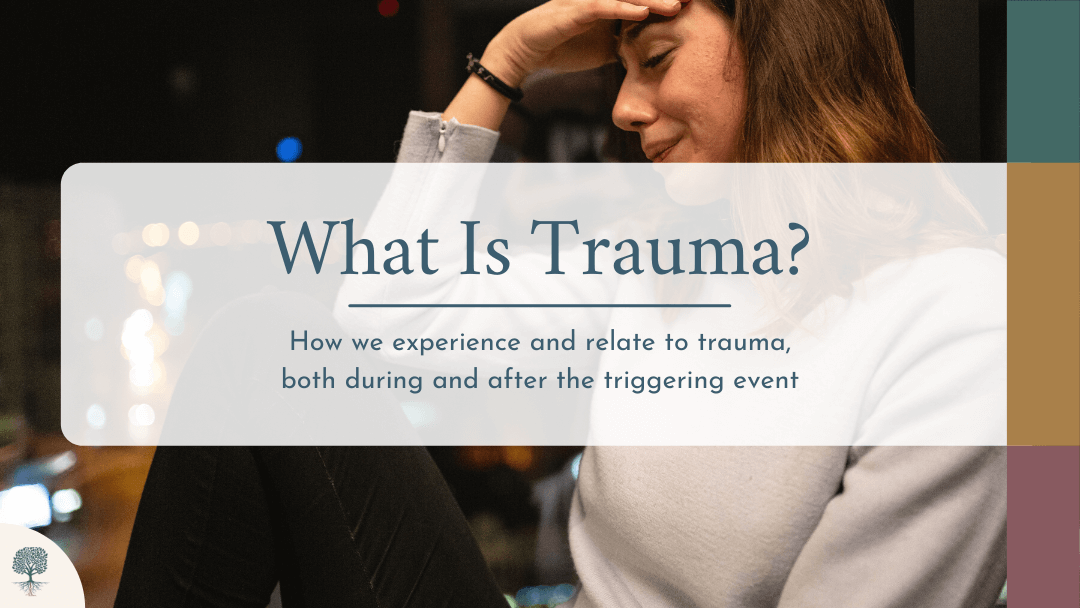



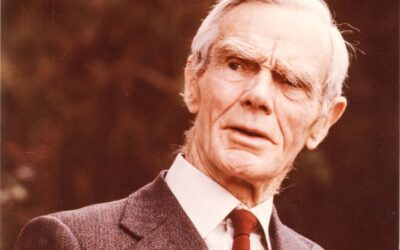

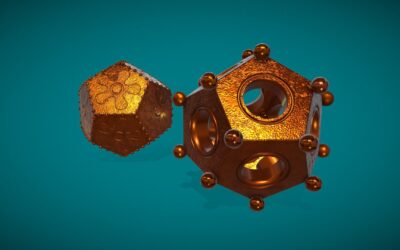
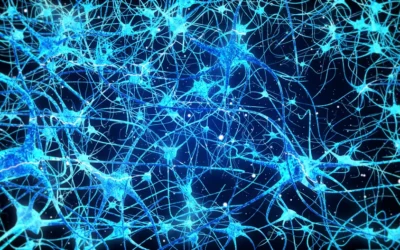



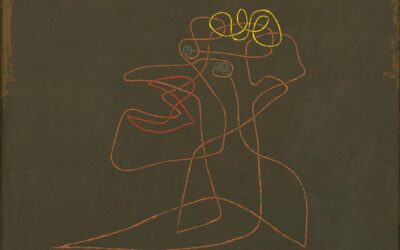




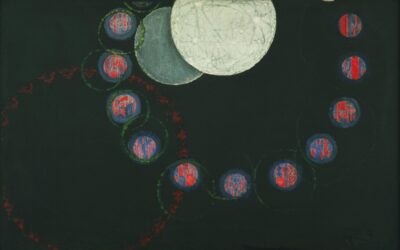
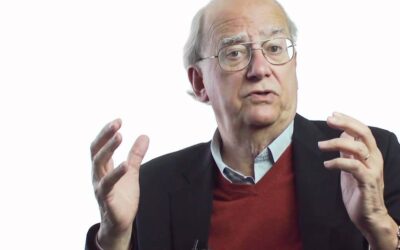
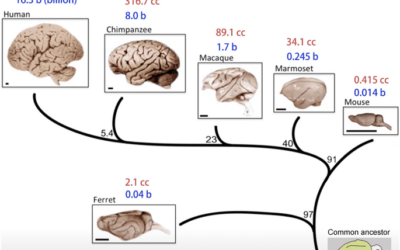
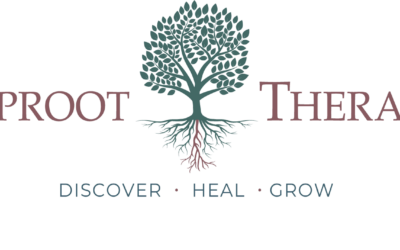






0 Comments